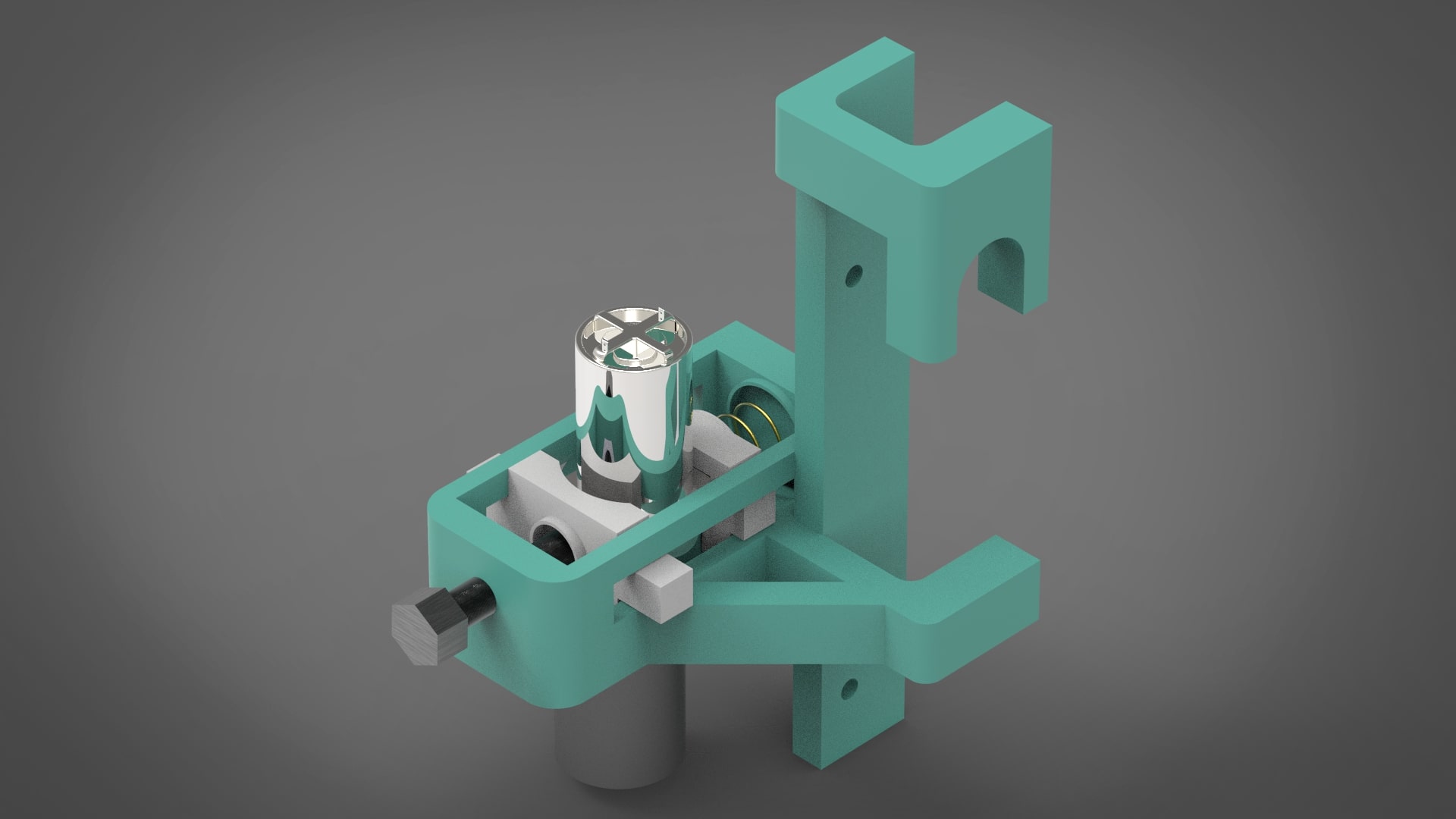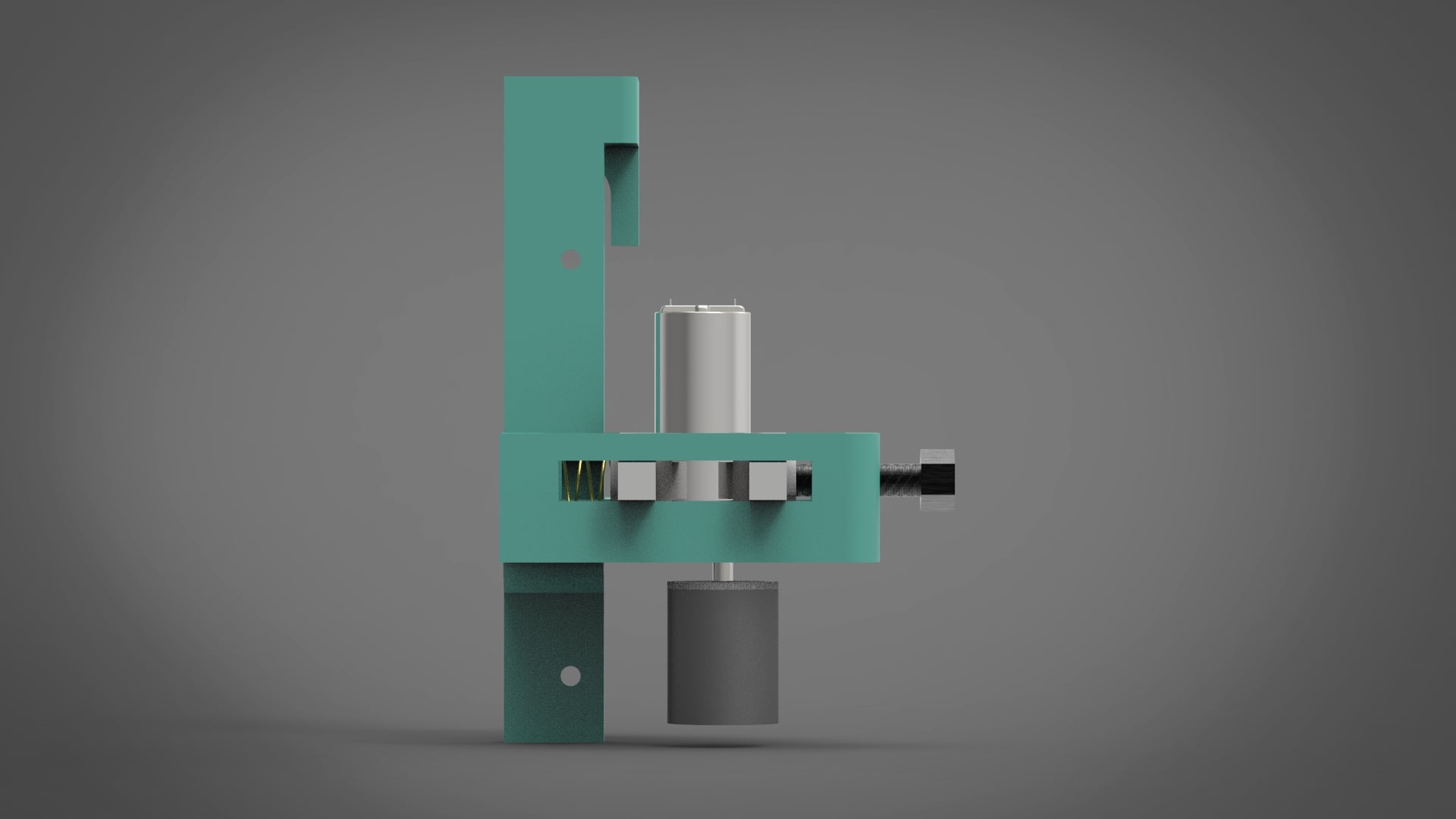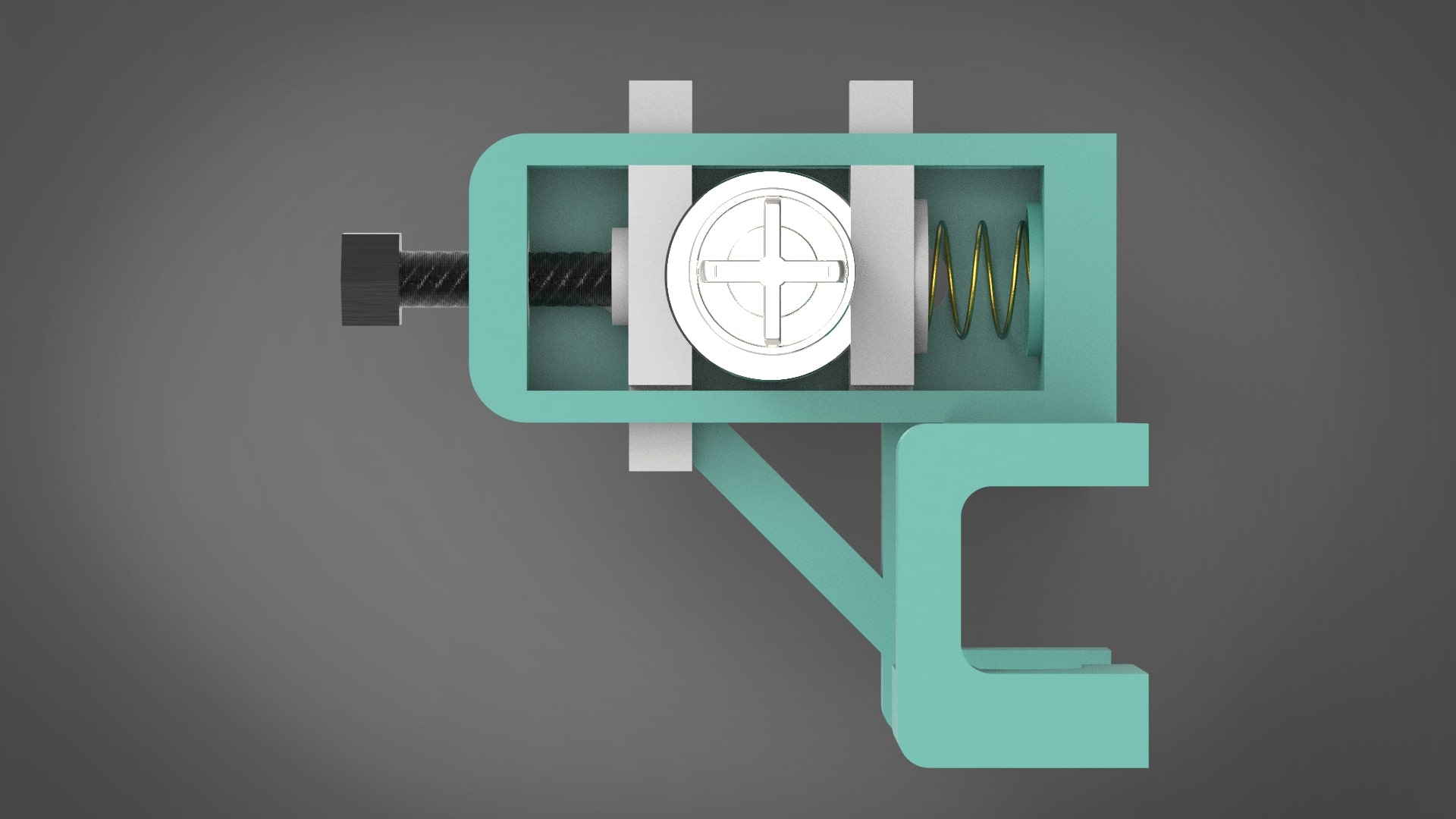Follower Cart(iCarry)
(Academic Project)
Problem Statement
In India, over 2.3 crore people suffer from some form of disability. The prevailing form of disability is locomotor related, and this project aims to improve the standard of living of the divyang people via a modular product. The idea is to develop a product that will make manual wheelchairs automated, and the desired features are portability, waterproofing, modularity and extremely low cost.
Concept
Currently, in the market, most options offering a similar product have been analyzed. A common theme amongst these designs is the unnaturally high cost of the end product. This is mostly due to overdesign, or poor design. These products although function according to the needs of the user, are much higher than the average spending capacity of the end user.

Approach to the problem
We had a team of 2 for this project
1. Aditya Peshin
2. Vaibhav Agarwal
The timeline and Deliverables of the proposed activities are as shown in the following image.

We have grouped the various user requirements, components and features into different branches of the mind map so as to group our thoughts into coherent groups.

The sketches of various product ideas were also prepared.

Evolution of Design
After finalizing the best elements of the designs we started prototyping. We have solved the various problems which came while the iteration process. Here is a description of the various versions and how we improved them.

Final Design



Features of final Product
- Price is 2.75% of existing products (784% reduction in cost)
- Can be attached to any wheelchair with minor modifications
- Lightweight (Only 1.1kgs excluding battery! And only 4.1 kg including battery!)
- Uses Tools provided with a wheelchair only
- Can be installed without the assistance
- Controller interface intuitive to understand
Cost Considerations

The final cost of the product has been summarised in the table shown below. The budget for the development of this project was decided by calculating the cost of the consumables as well as the one-time purchases required to manufacture the several prototypes. The expenses incurred in the project were covered by the P2P award which was given to our group by DIC, IIT Roorkee.

Conclusion & Future Plans

The proposed objectives have been completed, with the working prototype ready for testing.
We will next focus on the design for manufacturing aspects, complete a process and materials analysis to optimize the cost and increase the strength even further. A cost analysis will have to be conducted, to understand what the end cost of the product will be to the end customer.
By talking to several NGOs, we aim to gather valuable first-hand feedback from the users via collaborations and formal user testing in the working environment. We will use the feedback from the end user to update the design to meet their needs.
A user installation guide needs to be prepared, and the packaging of the product needs to be developed. A production plan and marketing plan needs to be formalized before the release of the final product once it is ready.